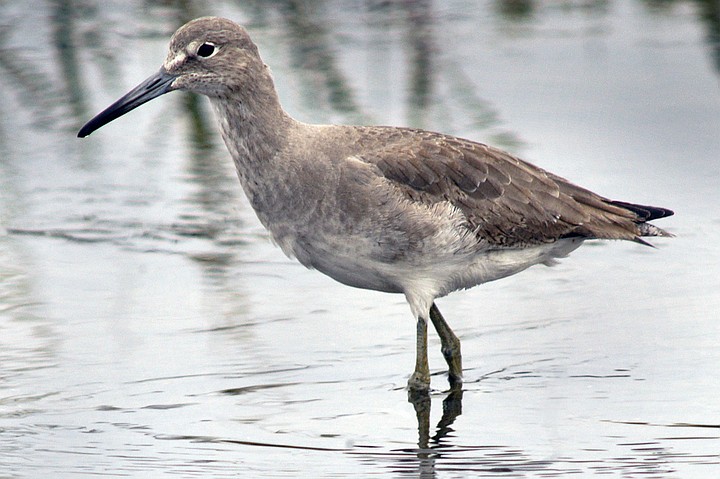Chaparral stays alive in East county, Shorebirds showing up
Sandpipers, sanderlings and willets showing up in local lagoons and estuaries
Chaparral, The Tangled Assortment Of Low-Growing, drought-resistant, native shrubs covering most of San Diego County’s lower mountain slopes, has managed to remain fairly attractive this summer. Unlike many of the scrubby natives near the coast, chaparral plants tend to hang on to their leaves year round. This month, the coppery, sun-burnished remnants of last spring’s flower clusters are still clinging to the tips of buckwheat and chamise plants, and a few wildflowers have popped up here and there in response to recent rainfall over the higher mountains. To enjoy the beauty of the chaparral landscape, explore the hillsides above Lake Morena and along Lyons Valley and Japatul Roads in East County. Or head inland from Poway or Escondido toward Ramona or Valley Center and beyond.

Various Sandpipers Are Now Being Seen in considerable numbers within San Diego County’s coastal wetland habitats and along the ocean beaches. Some have just arrived from the north; others are juveniles that have bred locally. You’ll find sanderlings and willets scurrying along the wet sand on the beaches. Several other members of the sandpiper family can be found in mudflat areas such as the Tijuana River Estuary, the south end of San Diego Bay, the San Diego River flood channel near Sea World, and the margins of most North County lagoons.